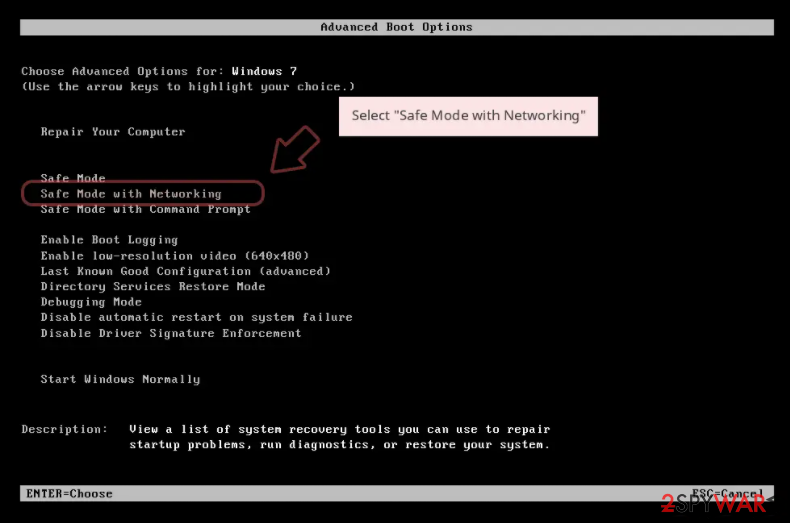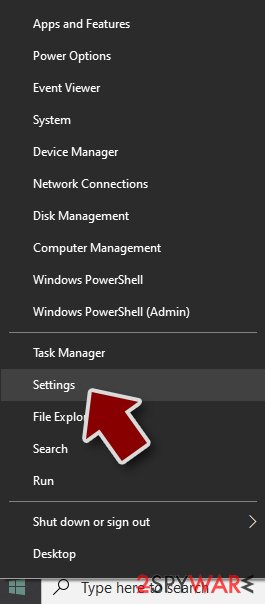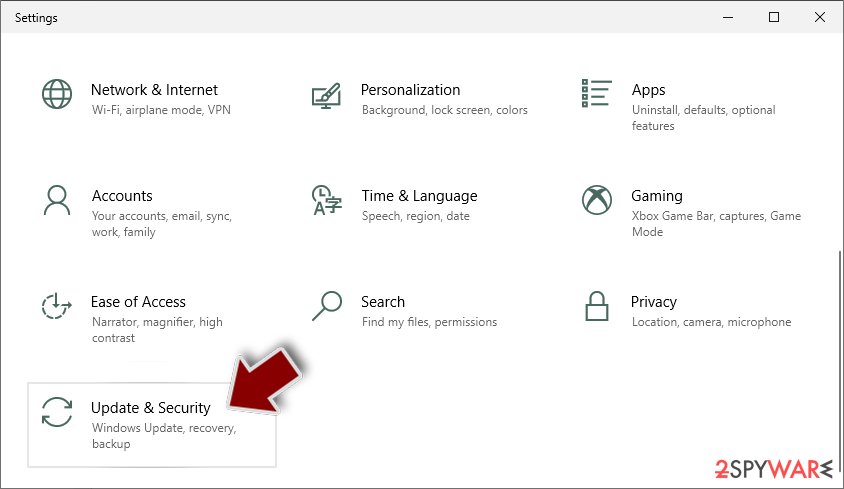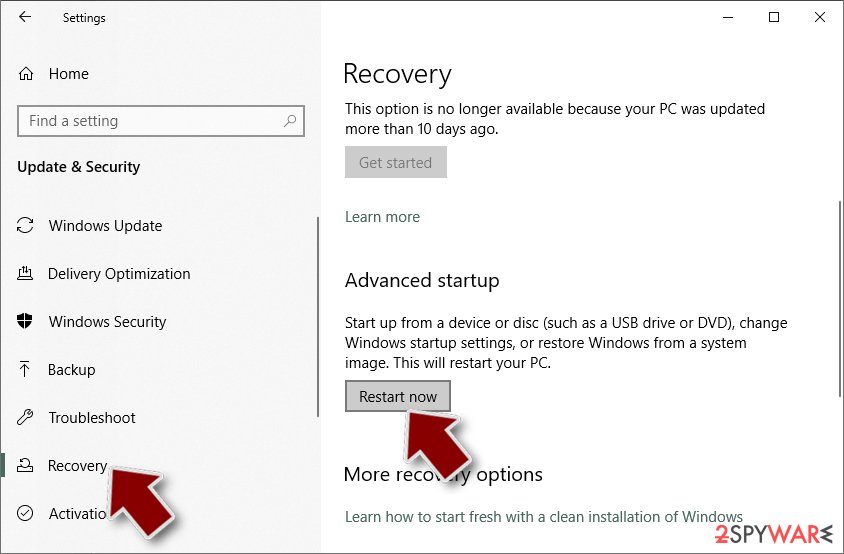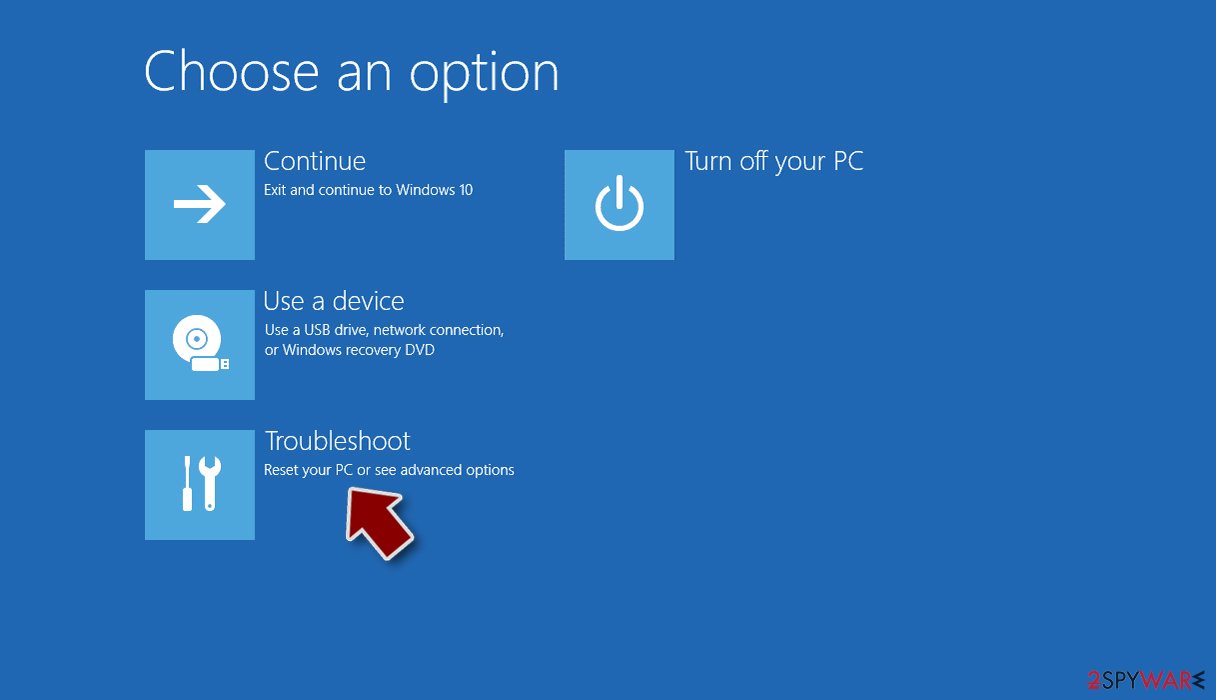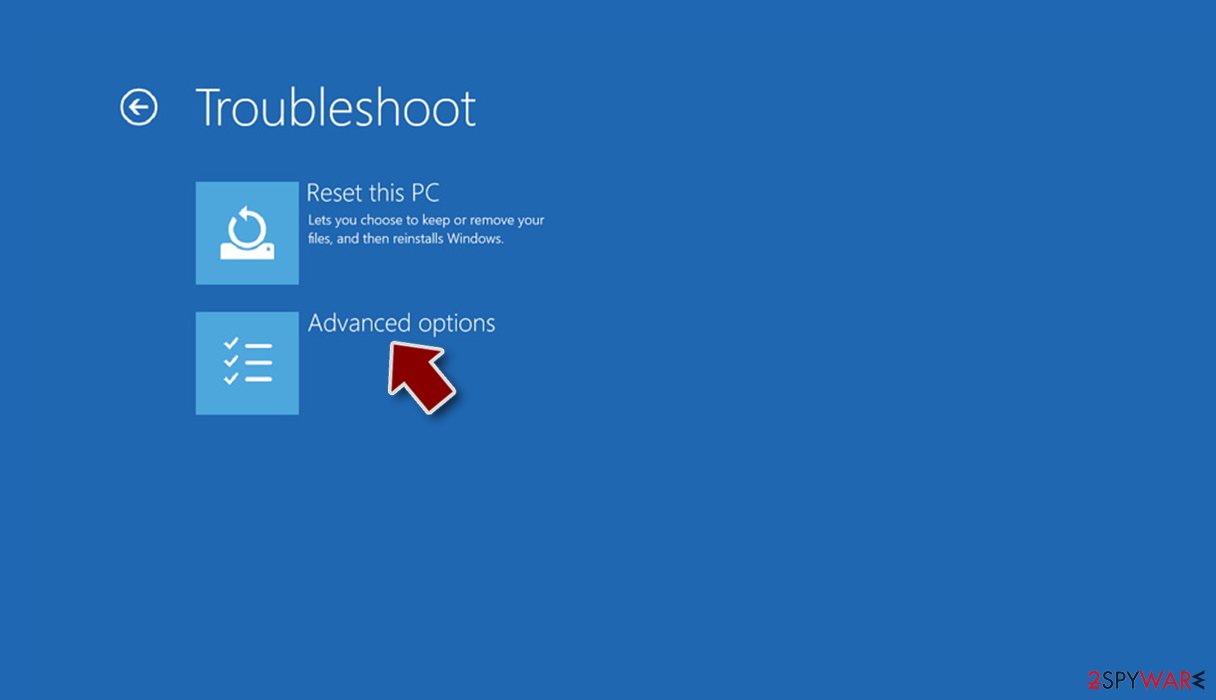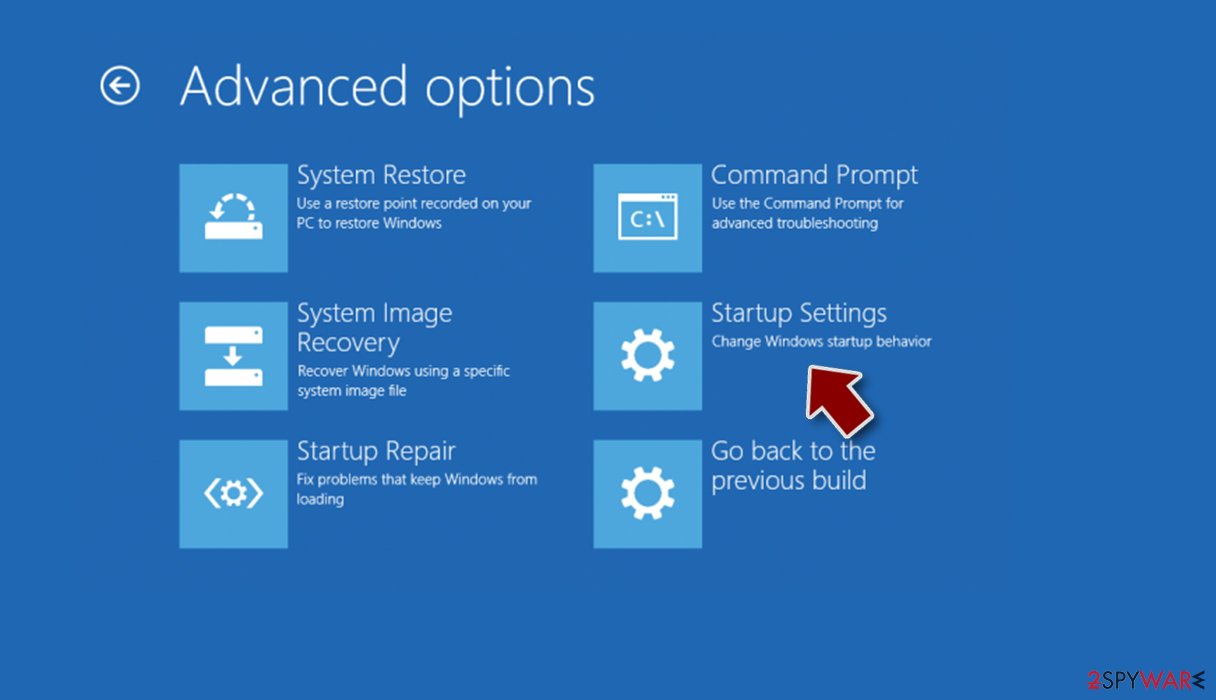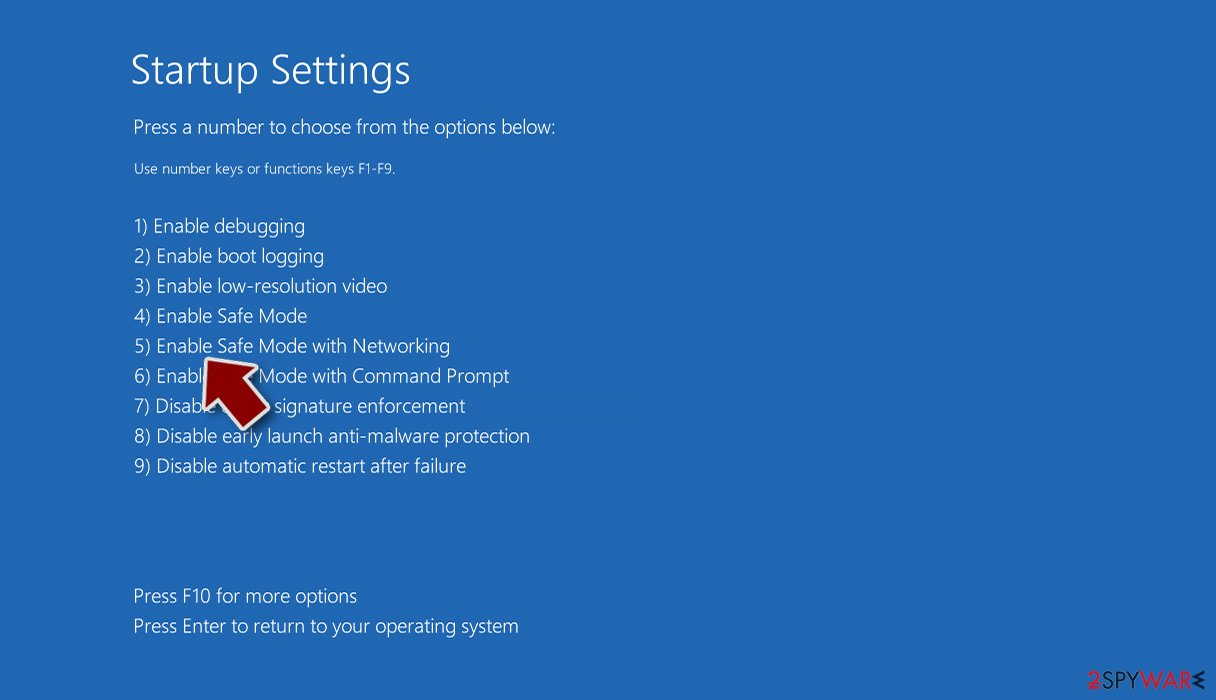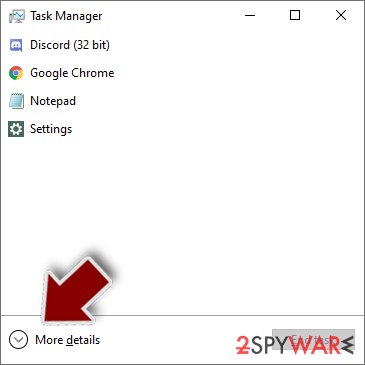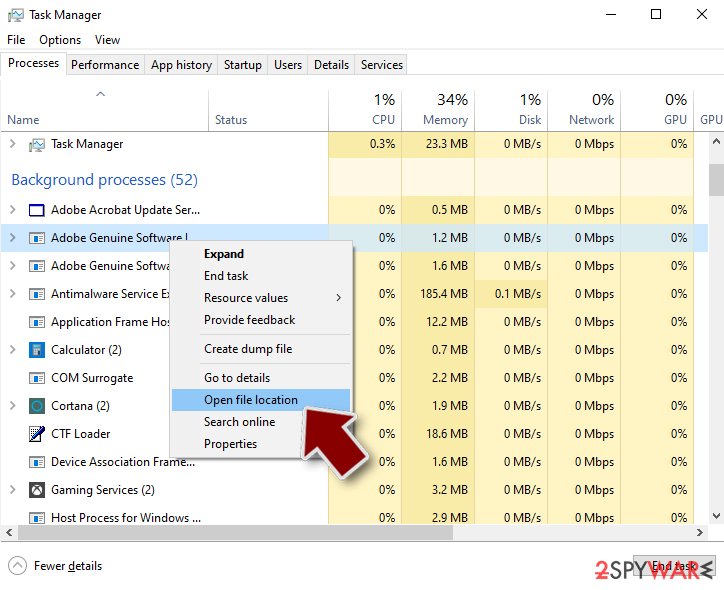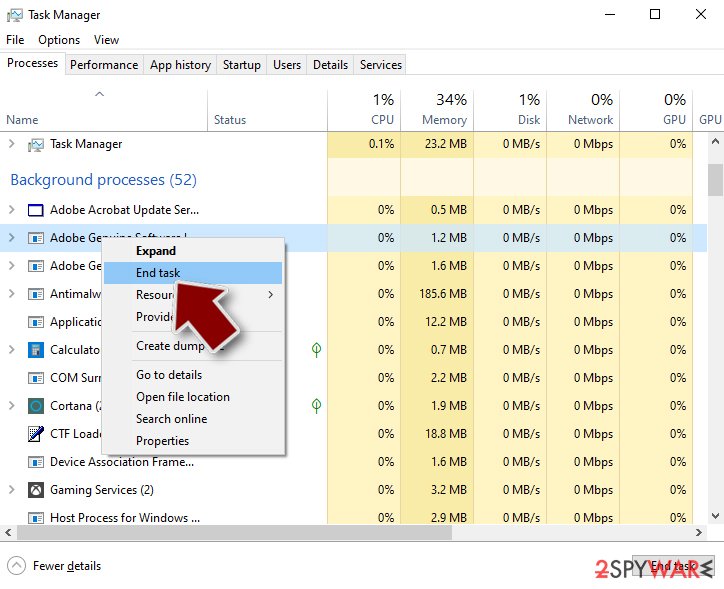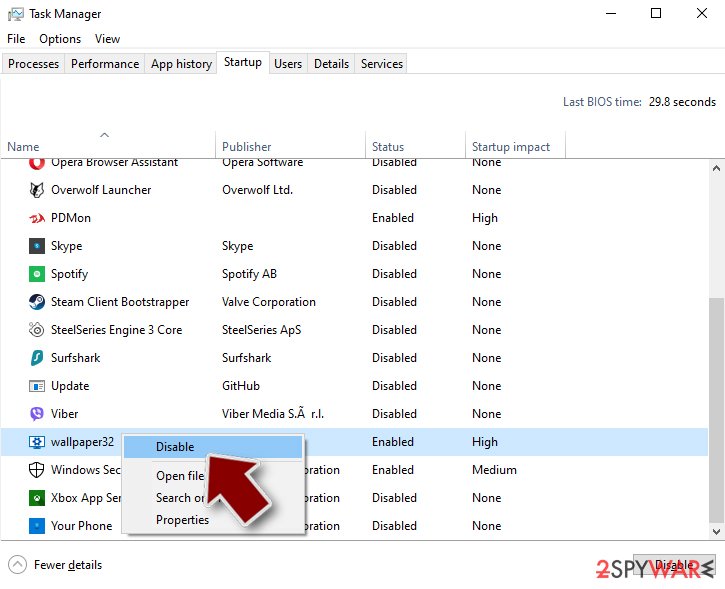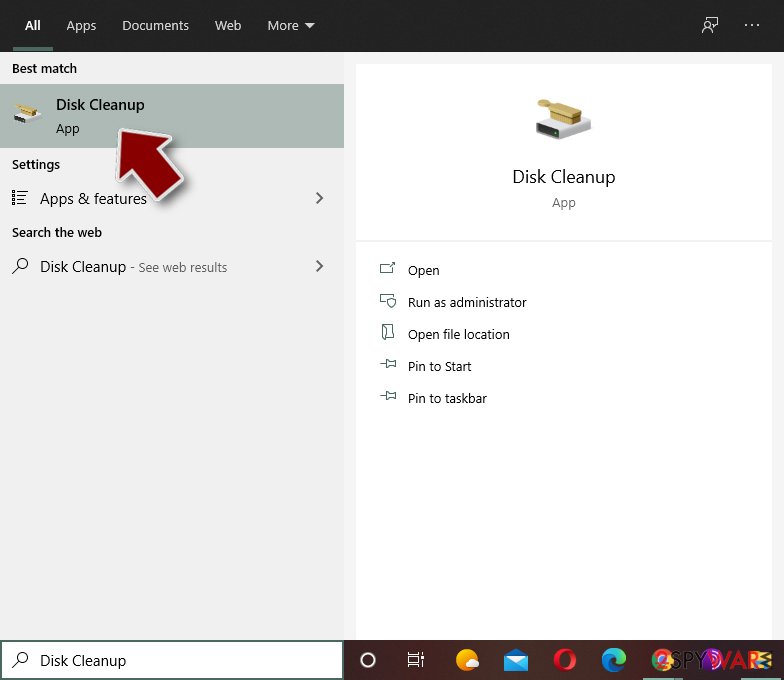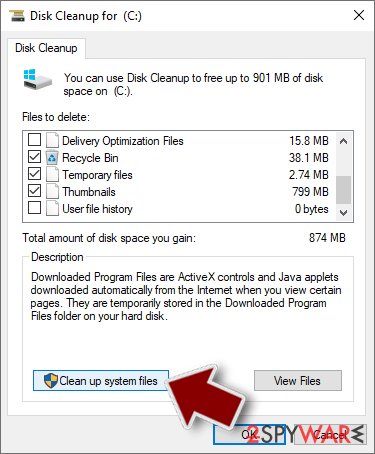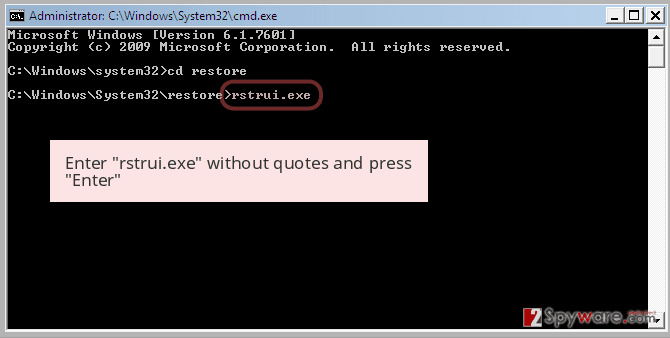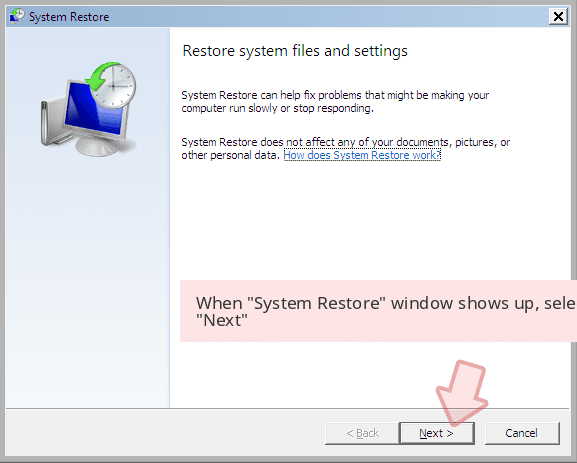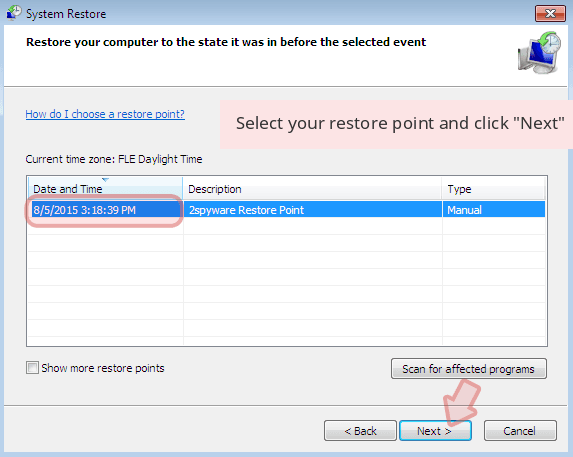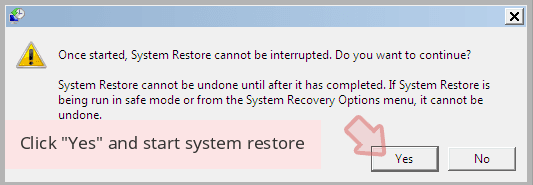Bomber ransomware (Free Instructions) - updated Jun 2018
Bomber virus Removal Guide
What is Bomber ransomware?
Bomber ransomware — a virus that locks your files with the .hitler or .bomber extension and demands to pay the ransom
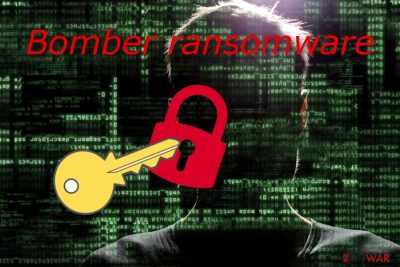
Bomber ransomware is a virus that encrypts your files secretly and then demands the ransom for the decryption. Although, this alleged decryption tool might not even exist. This virus is the variant of the Scarab ransomware and focuses on the Russian-speaking users, so the ransom note is not in English. After the encryption, files get “.bomber” or .”hitler” extension and this makes them useless. “HOW recover encrypted FAYLY.TXT” or “HOW TO RECOVER ENCRYPTED FILES.TXT” file is placed on every existing folder the minute this data got encrypted. Crooks urge a particular ransom in Bitcoin[1] and suggest contacting them via s29js31@tutamail.com, s29js31@mail.ee email addresses. Moreover, you can recognize this dangerous virus from the malicious file named Сентябрь.scr, which means “September”.
| Name | Bomber |
|---|---|
| Type | Ransomware |
| Family | Scarab |
| Extension | .bomber, .hitler |
| Ransom message | HOW recover encrypted FAYLY.TXT, HOW TO RECOVER ENCRYPTED FILES.TXT |
| s29js31@tutamail.com, s29js31@mail.ee | |
| Distribution | Spam email attachments |
| Decryption | Tool is not available |
| Removal | Best tool for ransomware elimination is FortectIntego |
Bomber ransomware[2] has no preference for the encrypted files. Images, photos, videos, archives, documents or text files can be modified. This file encryption makes your data useless, and the only way to get the access back is file decryption or recovery from the external backup.
However, authors of Bomber virus wants to give victims a data recovery solution. However, it's shady and security specialists do not recommend trying it. Once malware encrypts all files, it delivers recovery instructions in the text file. Typically ransom messages contain information like:
- ransom amount;
- preferred cryptocurrency;
- contact emails;
- ransomware name;
- identification of the victim;
- instructions for the payment;
- time period for the payment;
- encryption method;
- possibility to test decrypt files.
Bomber ransomware virus after the encryption creates HOW recover encrypted FAYLY.TXT file where the following information is provided:
Your files are encrypted!Your personal ID [redacted].. your documents, images, databases and other important data has been encrypted. For data recovery needs interpreter. To get the interpreter should send an email to soft2018@tutanota.com ( soft2018@mail.ee , newsoft2018@yandex.by ) In a letter to indicate your personal identifier (see. In the beginning of this document). When contacted via e-mail does not work * Sign up for http://bitmsg.me site (online service dispatch Bitmessage)
As you can see in translated ransom note quote, Scarab-Bomber ransomware gave no information about the ransom amount or term, but the test decrypt is suggested. This could be done on your selected three files that you need to send for the people. Also multiple email addresses. Although, we do not recommend to contact these cybercriminals in any way.
* Write a letter to the BM-2.. address with your address and
personal ID
Next, you need to pay for the interpreter. In a response letter you will receive the address of
Bitcoin-wallet, which is necessary to perform the transfer of funds and the amount of payment.
If you have bitcoins
* Create a Bitcoin wallet: https://blockchain.info/ru/wallet/new
* Get cryptocurrency Bitcoin:
https://localbitcoins.com/ru/buy_bitcoins (via Visa / MasterCard, QIWI Wallet via Visa and others. )
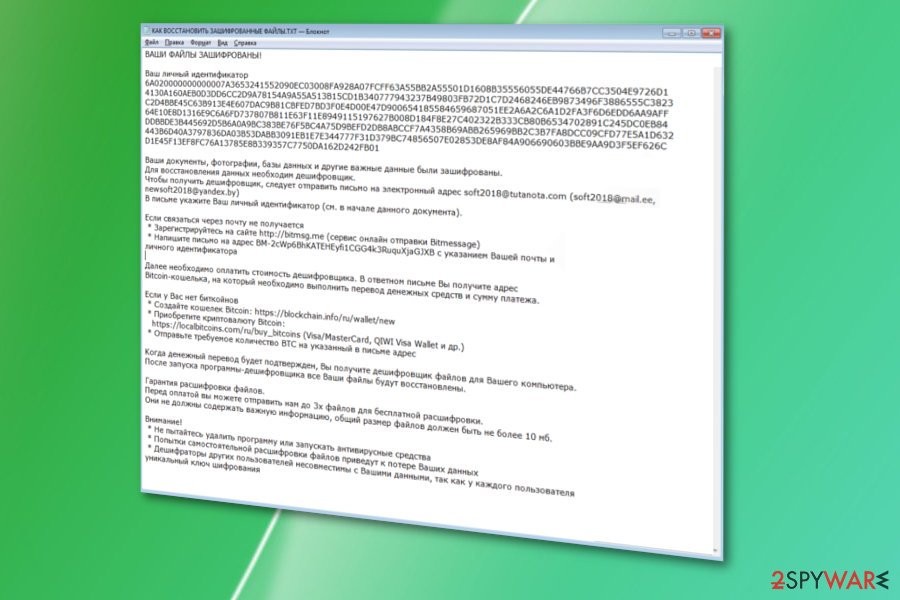
Virus developers created a whole guide for the people to create the wallet so victims could pay the demanded ransom. But even this activity can be dangerous and lead to no positive results. If you are new to cryptocurrency[3] and cybercrimes, you should be tricked by this data recovery offer provided by creators of Scarab-Bomber virus.
You better remove Bomber ransomware and not contact them. Do not pay the ransom either. This can be not helpful at all and possibly lead to money loss. Focus on virus elimination and then and only then think about data recovery. While virus resides on the computer, the system is vulnerable and you might not be able to use your PC safely.
The best solution when it comes to Scarab-Bomber removal is anti-malware tools like FortectIntego. Only professional security software can remove all the remaining pieces of virus from the system. We recommend scanning your computer repeatedly for later infection avoidance. 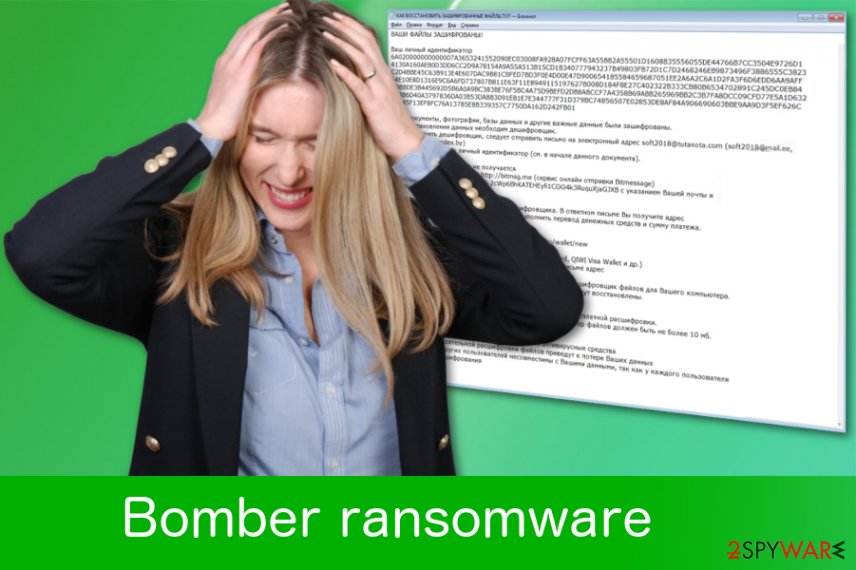
Spam email attachments filled with malicious viruses
The main method of ransomware spreading is spam email attachments. These attachments can be everything and anything from intrusive advertisements that causes redirects to safe-looking documents which contain malicious macros[4]. You should be aware that these annoying letters can be a real threat to the safety of your computer system. If you download those attachments or purchase anything from the advertisements, you can get silent infections.
Avirus.hu[5] specialists advise people to be careful when browsing through insecure websites, clicking ads, downloading programs and their updates. File-encrypting viruses and other malware might be installed using other methods and techniques. Hence, to avoid the attack, you should watch your clicks online. Moreover, get a strong antivirus tool to protect your system from various computer infections that might occur throughout the Internet while browsing.
Bomber ransomware elimination is essential for every victim
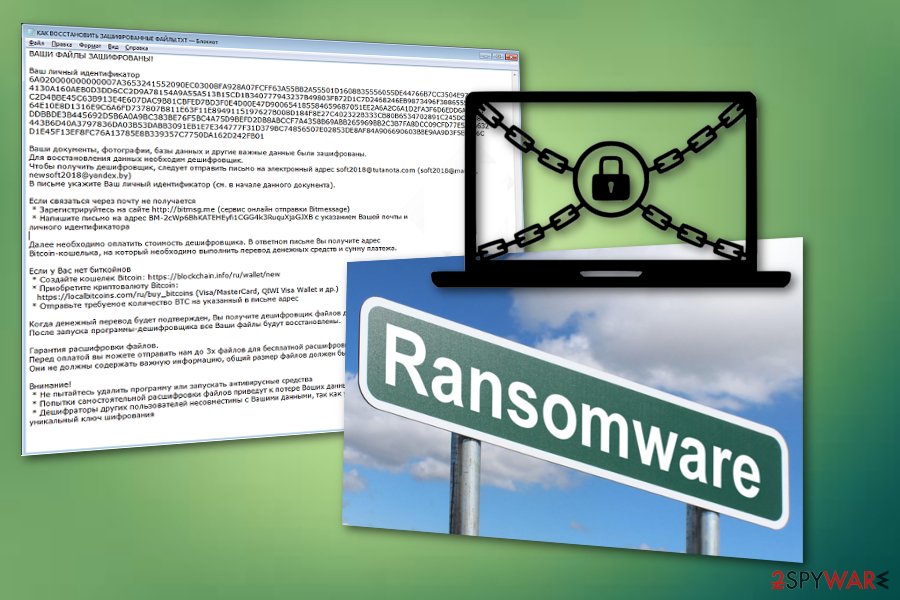
To remove Bomber virus from your computer, the first thing you should do is rely on professional anti-malware tools. FortectIntego, SpyHunter 5Combo Cleaner and Malwarebytes are the options we can recommend, but feel free to chose whatever you are trusting. This option is the best because you can get rid of all the viruses on your computer.
Since your system was not secure enough and got affected by the ransomware, you might have other visors that you do not know of. Also, ransomware itself can contain additional tools or programs while infecting your system and spread them. You should proceed with Bomber ransomware removal and get back to the safe computer system.
Getting rid of Bomber virus. Follow these steps
Manual removal using Safe Mode
If affected by the ransomware virus you should reboot your system in Safe Mode with Networking
Important! →
Manual removal guide might be too complicated for regular computer users. It requires advanced IT knowledge to be performed correctly (if vital system files are removed or damaged, it might result in full Windows compromise), and it also might take hours to complete. Therefore, we highly advise using the automatic method provided above instead.
Step 1. Access Safe Mode with Networking
Manual malware removal should be best performed in the Safe Mode environment.
Windows 7 / Vista / XP
- Click Start > Shutdown > Restart > OK.
- When your computer becomes active, start pressing F8 button (if that does not work, try F2, F12, Del, etc. – it all depends on your motherboard model) multiple times until you see the Advanced Boot Options window.
- Select Safe Mode with Networking from the list.

Windows 10 / Windows 8
- Right-click on Start button and select Settings.

- Scroll down to pick Update & Security.

- On the left side of the window, pick Recovery.
- Now scroll down to find Advanced Startup section.
- Click Restart now.

- Select Troubleshoot.

- Go to Advanced options.

- Select Startup Settings.

- Press Restart.
- Now press 5 or click 5) Enable Safe Mode with Networking.

Step 2. Shut down suspicious processes
Windows Task Manager is a useful tool that shows all the processes running in the background. If malware is running a process, you need to shut it down:
- Press Ctrl + Shift + Esc on your keyboard to open Windows Task Manager.
- Click on More details.

- Scroll down to Background processes section, and look for anything suspicious.
- Right-click and select Open file location.

- Go back to the process, right-click and pick End Task.

- Delete the contents of the malicious folder.
Step 3. Check program Startup
- Press Ctrl + Shift + Esc on your keyboard to open Windows Task Manager.
- Go to Startup tab.
- Right-click on the suspicious program and pick Disable.

Step 4. Delete virus files
Malware-related files can be found in various places within your computer. Here are instructions that could help you find them:
- Type in Disk Cleanup in Windows search and press Enter.

- Select the drive you want to clean (C: is your main drive by default and is likely to be the one that has malicious files in).
- Scroll through the Files to delete list and select the following:
Temporary Internet Files
Downloads
Recycle Bin
Temporary files - Pick Clean up system files.

- You can also look for other malicious files hidden in the following folders (type these entries in Windows Search and press Enter):
%AppData%
%LocalAppData%
%ProgramData%
%WinDir%
After you are finished, reboot the PC in normal mode.
Remove Bomber using System Restore
If that was not working you can try System Restore feature
-
Step 1: Reboot your computer to Safe Mode with Command Prompt
Windows 7 / Vista / XP- Click Start → Shutdown → Restart → OK.
- When your computer becomes active, start pressing F8 multiple times until you see the Advanced Boot Options window.
-
Select Command Prompt from the list

Windows 10 / Windows 8- Press the Power button at the Windows login screen. Now press and hold Shift, which is on your keyboard, and click Restart..
- Now select Troubleshoot → Advanced options → Startup Settings and finally press Restart.
-
Once your computer becomes active, select Enable Safe Mode with Command Prompt in Startup Settings window.

-
Step 2: Restore your system files and settings
-
Once the Command Prompt window shows up, enter cd restore and click Enter.

-
Now type rstrui.exe and press Enter again..

-
When a new window shows up, click Next and select your restore point that is prior the infiltration of Bomber. After doing that, click Next.


-
Now click Yes to start system restore.

-
Once the Command Prompt window shows up, enter cd restore and click Enter.
Bonus: Recover your data
Guide which is presented above is supposed to help you remove Bomber from your computer. To recover your encrypted files, we recommend using a detailed guide prepared by 2-spyware.com security experts.If your files are encrypted by Bomber, you can use several methods to restore them:
Tool specially designed for file recovery is Data Recovery Pro
If your files got encrypted by ransomware or you deleted them by accident, you can use Data Recovery Pro
- Download Data Recovery Pro;
- Follow the steps of Data Recovery Setup and install the program on your computer;
- Launch it and scan your computer for files encrypted by Bomber ransomware;
- Restore them.
Try Windows Previous Versions feature if you want to restore files individualy
If System Restore feature was enabled before the attack you can recover your individual files using Windows Previous Versions feature
- Find an encrypted file you need to restore and right-click on it;
- Select “Properties” and go to “Previous versions” tab;
- Here, check each of available copies of the file in “Folder versions”. You should select the version you want to recover and click “Restore”.
ShadowExplorer can help restore Bomber ransomware encrypted files
If ransomware did not delete Shadow Volume Copies you can use ShadowExplorer and restore your encrypted files
- Download Shadow Explorer (http://shadowexplorer.com/);
- Follow a Shadow Explorer Setup Wizard and install this application on your computer;
- Launch the program and go through the drop down menu on the top left corner to select the disk of your encrypted data. Check what folders are there;
- Right-click on the folder you want to restore and select “Export”. You can also select where you want it to be stored.
Decryption tool is not available yet
Finally, you should always think about the protection of crypto-ransomwares. In order to protect your computer from Bomber and other ransomwares, use a reputable anti-spyware, such as FortectIntego, SpyHunter 5Combo Cleaner or Malwarebytes
How to prevent from getting ransomware
Do not let government spy on you
The government has many issues in regards to tracking users' data and spying on citizens, so you should take this into consideration and learn more about shady information gathering practices. Avoid any unwanted government tracking or spying by going totally anonymous on the internet.
You can choose a different location when you go online and access any material you want without particular content restrictions. You can easily enjoy internet connection without any risks of being hacked by using Private Internet Access VPN.
Control the information that can be accessed by government any other unwanted party and surf online without being spied on. Even if you are not involved in illegal activities or trust your selection of services, platforms, be suspicious for your own security and take precautionary measures by using the VPN service.
Backup files for the later use, in case of the malware attack
Computer users can suffer from data losses due to cyber infections or their own faulty doings. Ransomware can encrypt and hold files hostage, while unforeseen power cuts might cause a loss of important documents. If you have proper up-to-date backups, you can easily recover after such an incident and get back to work. It is also equally important to update backups on a regular basis so that the newest information remains intact – you can set this process to be performed automatically.
When you have the previous version of every important document or project you can avoid frustration and breakdowns. It comes in handy when malware strikes out of nowhere. Use Data Recovery Pro for the data restoration process.
- ^ Noelle Acheson. What is Bitcoin?. Coin desk. All about cryptocurrency.
- ^ What is ransomware?. Norton by Symantec. IT info.
- ^ Cryptocurrency. Wikipedia. The free encyclopedia.
- ^ Margaret Rouse. What is macro virus?. Tech target. Security search site.
- ^ Avirus. Avirus. Spyware news.
